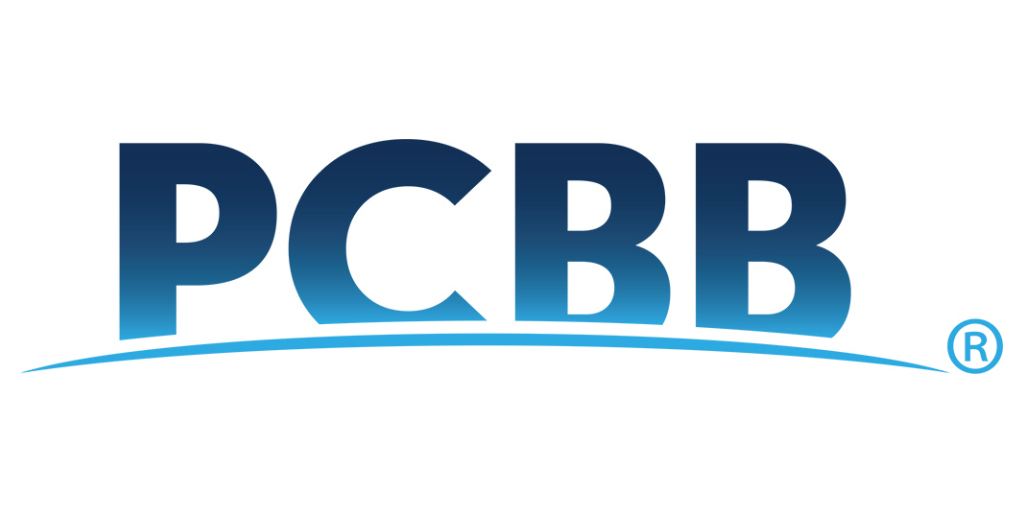
Is Profitability Modeling the Secret to Smarter Deposit Pricing?
Brought to you by PCBB

For banks competing with an increasing number of fintechs and nontraditional lenders for depositors, offering attractive deposit pricing is crucial.
As deposit rates have risen rapidly, customers are increasingly cognizant of where they’re putting their money. “Higher interest rates, as well as the banking crisis in March, led to an awakening of customers’ realizations of higher-yielding alternatives for deposits that may have been parked in non-interest bearing or low-yielding transaction accounts,” noted recent bank analysis from Morningstar. Banks are inching up deposit rates to try to hold onto existing customers and attract new ones – making it crucial that they do so strategically.
The Competition for Deposits
Failing to offer competitive deposit rates could erode existing deposit bases as customers seeking higher rates route their money to other institutions. However, banks engaging in deposit rate increases should take care with their strategy. Many banks have taken a “new money only approach” that reserves higher deposit rates solely for new customers, but this approach could leave longtime customers feeling slighted and result in moving their business elsewhere.
Another way that banks have dealt with deposit rate competition is by taking a passive approach. They hope the number of customers who depart looking for higher rates is minimal, and only make exceptions under pressure from customers who are looking to leave. Exception pricing for customers can save the relationship, but it can also end up costing your bank more in the long run if the decisions to grant higher rates aren’t made discerningly and according to the right data.
Pricing Based on Relationship
Information is power. Setting optimal deposit pricing requires both knowing competitors’ deposit rates and having a firm grasp on how rate increases can impact your bank’s overall customer relationship profitability. Simply increasing deposit rates to match those of competitors is a risky move that can result in a compressed net interest margin, or NIM.
Instead, banks should employ profitability models that calculate exactly how various deposit rate increases could impact the profitability of specific customer relationships – both existing and prospective customers – and what the potential impact would mean for their bottom line. Robust customer profitability platforms allow banks to analyze and determine the value of both their comprehensive customer portfolios and their individual relationships. Such analysis can pinpoint the most profitable accounts and relationships, assess a customer’s potential for additional value and weigh the impact of deposit pricing changes against the overall profitability of the customer relationships.
Not only should the institution model the impact of a deposit rate increase on customer relationship profitability, but they should also determine the impact of the potential loss of that customer’s deposit accounts if they take their deposits elsewhere to take advantage of higher rates.
Modeling allows banks to project the lifetime value of individual customer relationships. It can be extremely difficult to determine what customer relationships are truly profitable without a comprehensive tool that incorporates the associated costs, credit risk, interest rate risk and capital required into relationship profitability results. Determining which profitable customer relationships may warrant exception pricing with a customer profitability analysis tool can provide a valuable advantage for community banks in this competitive deposit rate environment, especially for the institution’s NIM. As always, banks should consider fair and reasonable deposit pricing practices when making these decisions.
Holding onto existing customer deposits and attracting new ones requires competitive deposit rates in this current rate environment. Banks should employ profitability models to help identify when and where higher deposit pricing will pay off for their institutions. Making such decisions without comprehensive information could prove harmful to a bank’s NIM, while making informed decisions about exception pricing based on a particular customer’s potential with your bank can help grow the relationship while maintaining profitability. In prioritizing your most valuable clients, you’ll avoid adding unnecessary strain to your institution’s liquidity and NIM.


